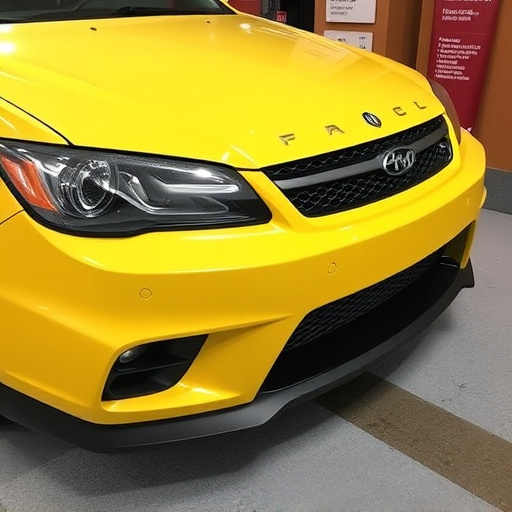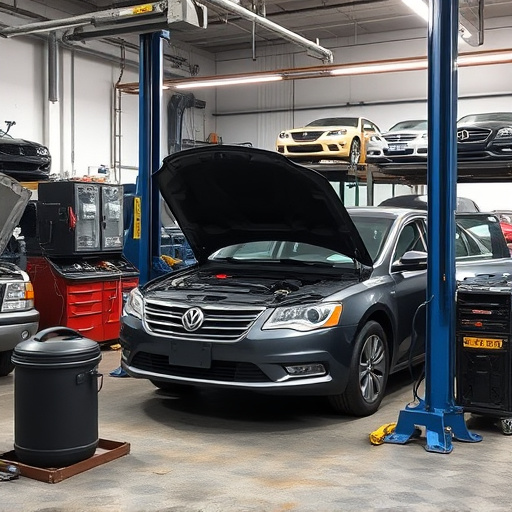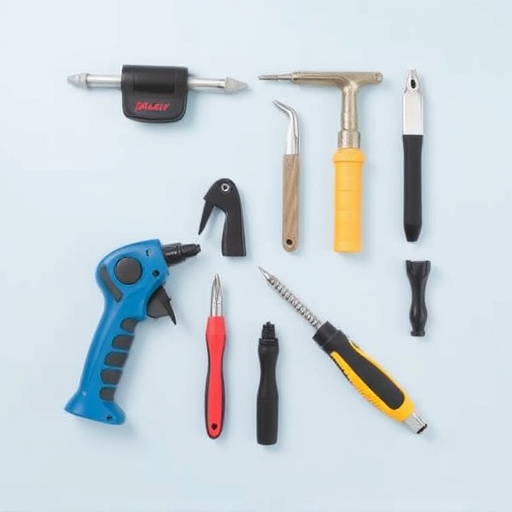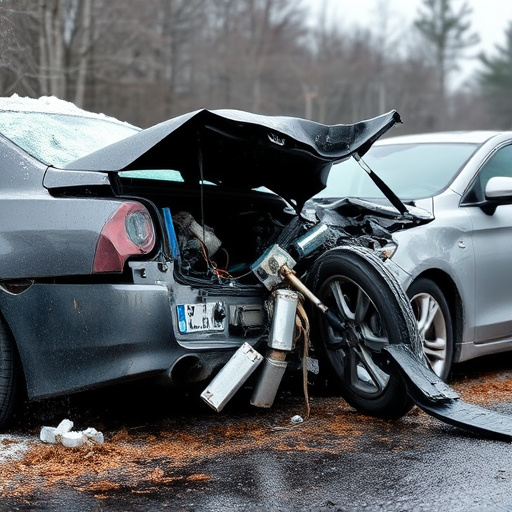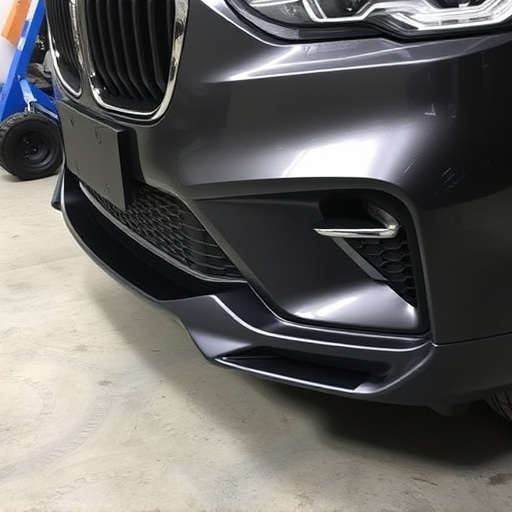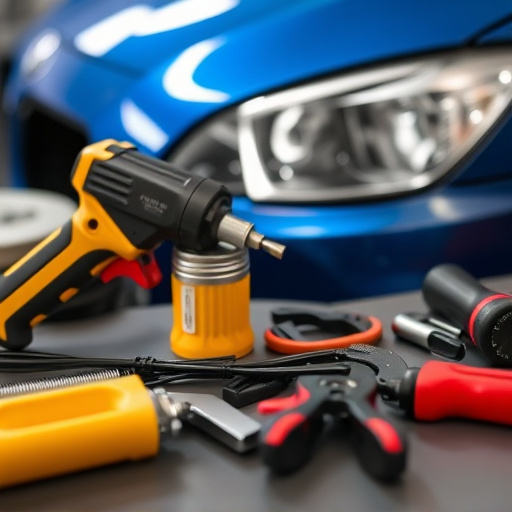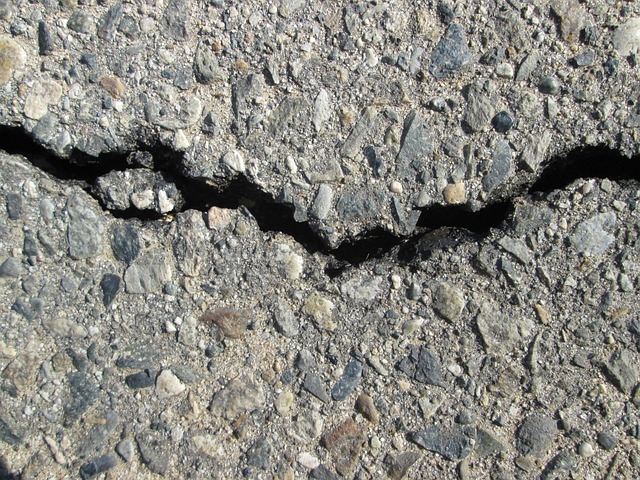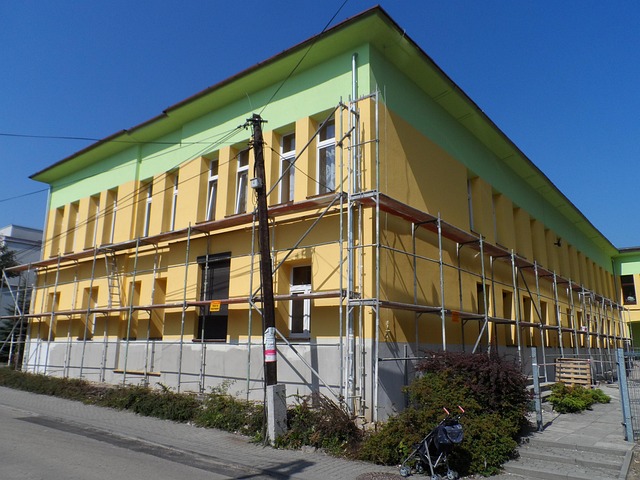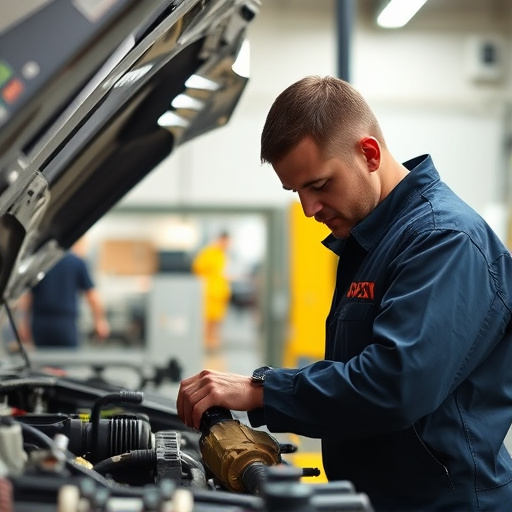Estimating Tesla collision repair time frames is complex due to advanced technology and custom production. Damage severity, part availability, and repair complexity significantly impact timelines, ranging from a few hours for simple dents to several days or weeks for intricate body restoration. Specialized skills and constant innovation can increase repair complexity. Efficient communication, skilled technicians, state-of-the-art tools, and optimized processes are key to reducing Tesla collision repair time frames while maintaining quality and safety standards.
“Tesla vehicles are renowned for their cutting-edge technology and innovative design, but what happens when they’re involved in a collision? This article delves into the Tesla collision repair time frame for popular models S, 3, X, and Y. We explore estimating repair times, uncover factors that can affect turnaround duration, and discuss strategies to optimize service for electric vehicles. Understanding these aspects ensures efficient repairs and keeps your Tesla on the road.”
- Estimating Repair Times for Tesla Models
- Factors Affecting Collision Repair Duration
- Optimizing Turnaround for Electric Vehicles
Estimating Repair Times for Tesla Models
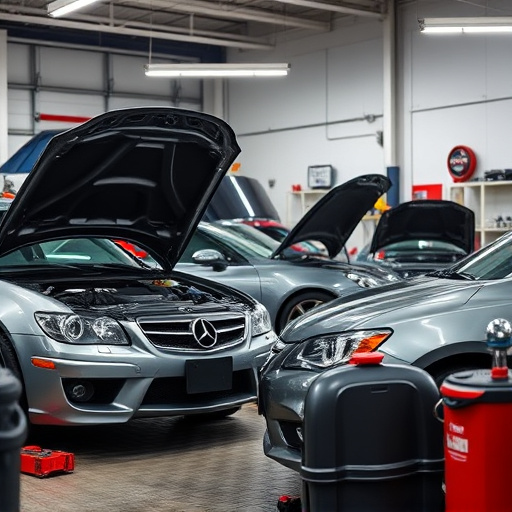
Estimating repair times for Tesla models is a complex task due to their advanced technology and custom production processes. While Tesla provides some guidance on expected repair durations, several factors can influence the actual Tesla collision repair time frame. The size and severity of the damage, availability of replacement parts, and complexity of certain repairs all play significant roles. For instance, a simple car dent repair for models like the Model 3 could take as little as a few hours, while more intricate work involving the car body restoration of larger vehicles such as the Model S or the SUV models X and Y might extend the vehicle repair timeline to several days or even weeks.
Furthermore, specialized skills are often required for certain repairs, particularly those involving electric vehicle (EV) components. As Tesla continues to innovate, the complexity of these processes may also increase, impacting the overall Tesla collision repair time frame. It’s essential for owners and repair facilities to stay informed about the latest procedures and timelines to ensure efficient and accurate car body restoration.
Factors Affecting Collision Repair Duration
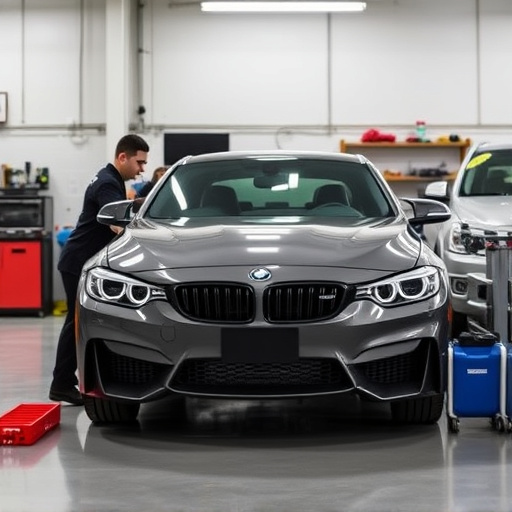
Several factors can influence the duration of a Tesla collision repair process for models S, 3, X, and Y. One of the primary considerations is the extent of damage to various components—both internal and external. Complex repairs involving multiple damaged parts or intricate systems will naturally take more time. For instance, auto glass repair, especially if it requires replacing the entire windshield or other side windows, can extend the overall Tesla collision repair time frame.
Additionally, the availability of specialized equipment and trained technicians plays a significant role. Certain advanced automotive repair techniques might require specific tools not commonly found in standard repair shops, leading to delays. Moreover, the need for unique replacement parts—especially for Tesla-specific models—can impact turnaround times. Efficient communication between the owner, insurance providers, and repair facilities can streamline processes, ensuring a faster experience despite these variables.
Optimizing Turnaround for Electric Vehicles
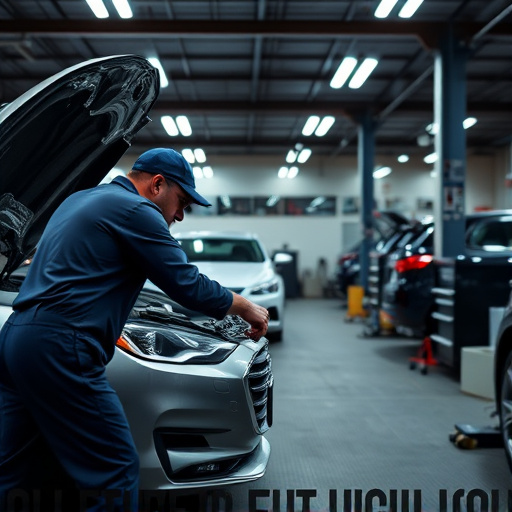
Optimizing turnaround for electric vehicles, like those produced by Tesla (Model S, 3, X, and Y), is a complex task due to their advanced technology and specialized components. Unlike conventional cars, electric vehicles require meticulous care during collision repair to ensure the integrity of their battery systems and other intricate parts. A well-managed car repair shop specializing in Tesla collision repair should aim for efficient processes that minimize downtime without compromising quality.
This involves providing top-notch car paint services tailored to Tesla’s unique finishes, employing highly trained technicians familiar with the brand’s specific repair procedures, and utilizing advanced diagnostic tools to accurately assess damage. By prioritizing these aspects, a reputable car damage repair center can significantly reduce Tesla collision repair time frames, ensuring that owners get their vehicles back on the road promptly while maintaining the vehicle’s performance and safety standards.
In conclusion, understanding Tesla collision repair time frames for models S, 3, X, and Y is essential for owners looking to swiftly restore their electric vehicles. By factoring in various influences like damage severity, part availability, and shop capacity, owners can anticipate turnaround times effectively. Optimizing these processes not only ensures faster repairs but also contributes to the overall sustainability of the EV ecosystem by minimizing downtime. Remember that efficient Tesla collision repair services are key to keeping these innovative vehicles on the road promptly.
